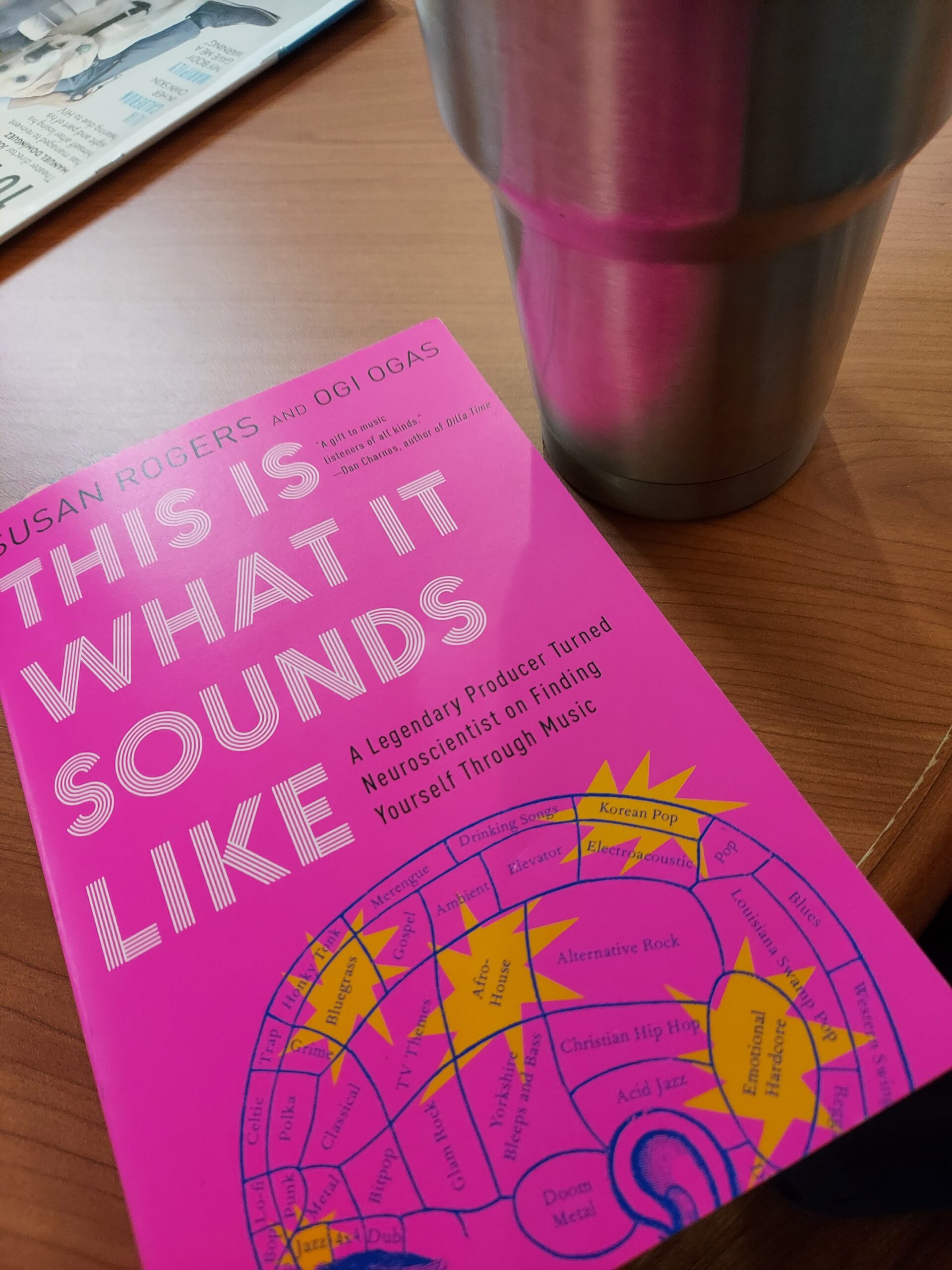When I first hear the name Susan Rogers, I think of her work with Prince. Having her name as an engineer on Purple Rain already lands her in the history books, even without writing a book of her own. However, a storied Audio Engineer is only one portion of Rogers’ varied career in music. Even after crafting Prince’s Vault, Rogers earned a doctorate in Behavioural Neuroscience from McGill University, which means her title is now Dr. Multi-Platinum Record Producer Susan Rogers. All of that culminates into This is What It Sounds Like, her treatise on why humans love music.
Together with her co-author, Ogi Ogas, Rogers breaks down music into 8 components. Authenticity, Realism, Novelty, Melody, Lyrics, Rhythm, Timbre, and Form & Function. Each of these components are broken down into binaries, the extremes, with examples for each. This is What It Sounds Like is the updated, cooler version of What to Listen for in Music by Aaron Copeland. Adding neuroscience and factoids brings hard evidence to the music theory and musicology of Copland’s music appreciation classic. Rogers’ and Ogas’ playlist is more accessible to the modern listener and is not bogged down by anchoring itself to one genre. Furthermore, the music notation is replaced by an external website https://www.thisiswhatitsoundslike.com/ with streaming links and mini-games for ambitious readers.
In Rogers’ 8 components, we also see how she prioritizes music listeners over musicians. Rogers admits that she cannot play an instrument, but that is her strength. In Authenticity, Realism, and Novelty we get to the heart of music. Yes, these components are not specified in music scores, but any layperson can find it in their headphones. The other components take the standard musicology analysis terms and consolidate them into easily identifiable categories. Music Theory is not a prerequisite.
While Rogers incorporates scientific neuroscience, she avoids becoming dry or patronizing. Anecdotes from Rogers’ career provide levity in between the descriptions of experiments to demonstrate what happens to our brains when we listen. It is stressed that no one preference determines “good music.” Rogers uses her co-author Ogas to help showcase the range of listening styles. The goal is to be objective with the subjective. The differences exist, and how you respond to the components determines how you feel about the music. Your overall emotional reaction is the conclusion and is independent from the next person’s reaction. The next person could even have a rare experience of synesthesia or be unable to keep a beat or sing a melody. At the end of every section is a quick look at unique musical perceptions.
To wrap it all up, the vibrant cover (my edition is neon pink) attracts the eye to a book about music and the brain. We find the successor to Aaron Copeland’s music lectures. Vibrant pop cover, with vibrant pop samples for a vibrant pop generation. Audio engineers of any musical (or non-musical) background have a valuable window into the minds of listeners, straight from Dr. Multi-Platinum herself.
